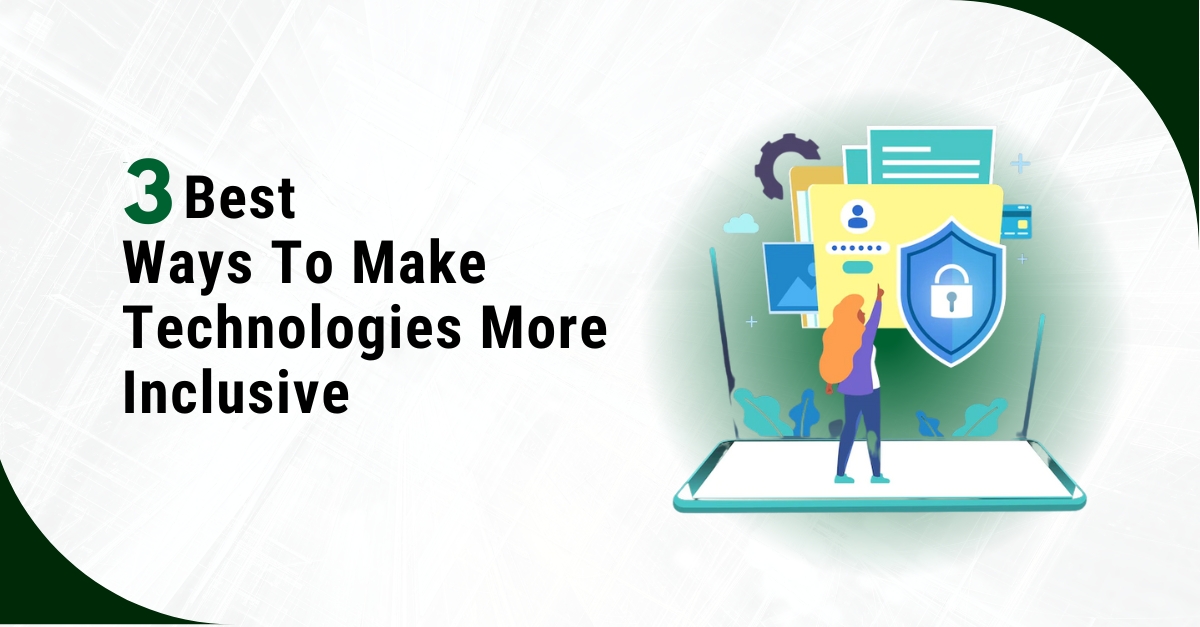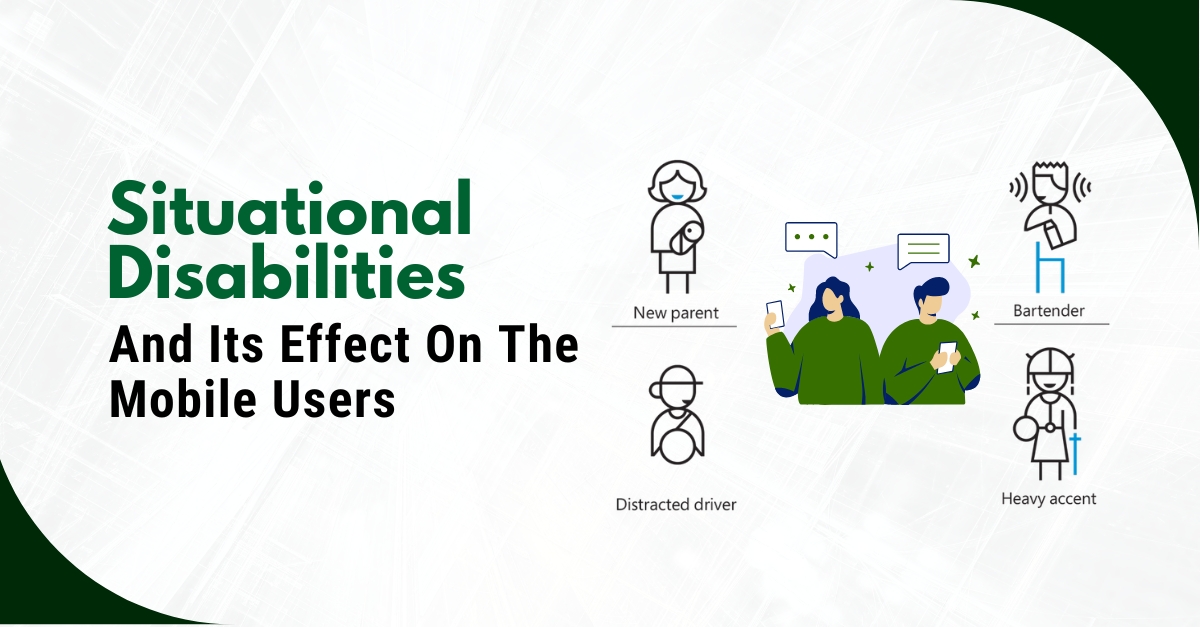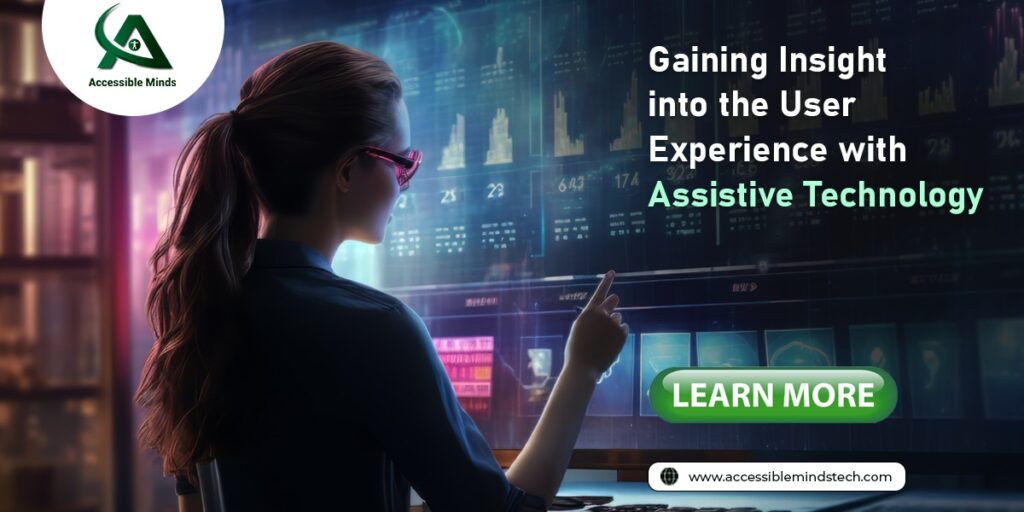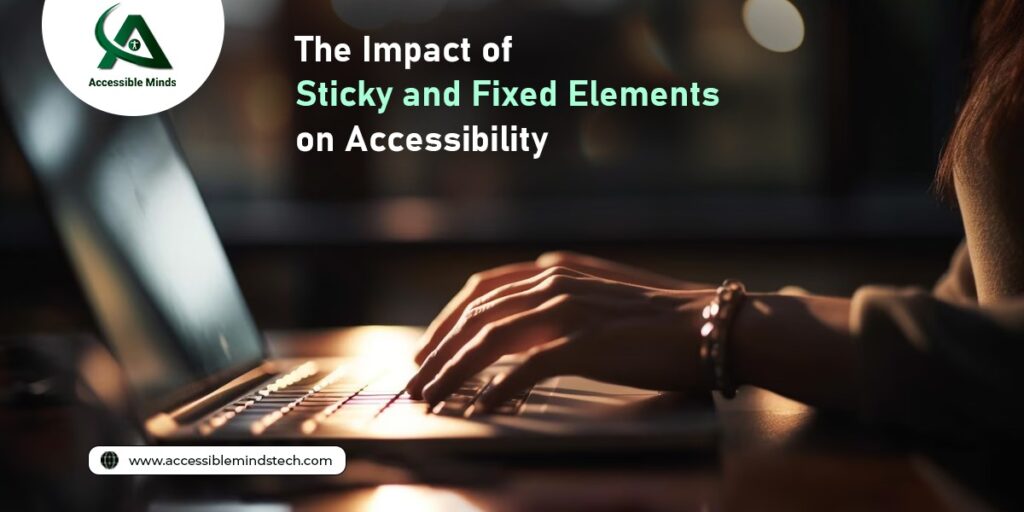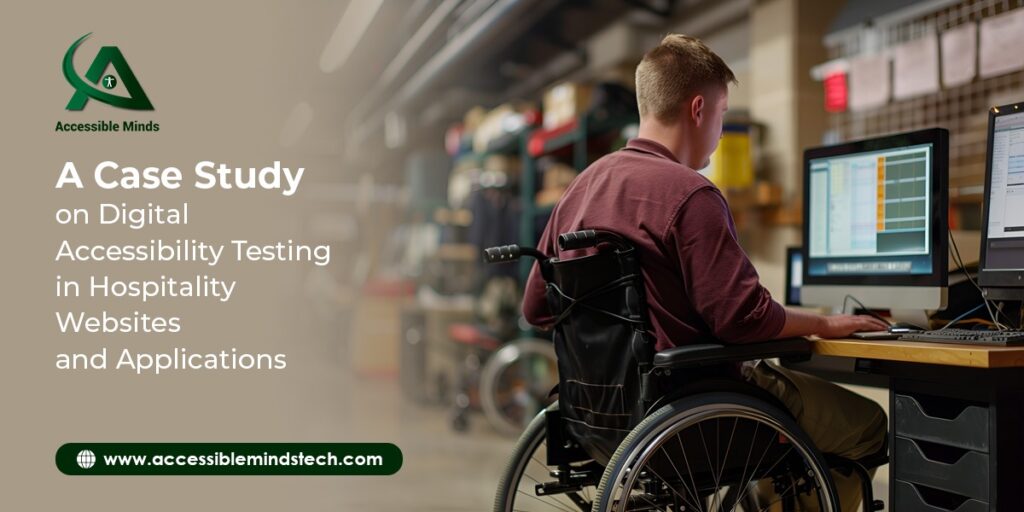In today’s hyper-connected world, digital spaces are our gateways to information, services, and opportunities. Yet, for millions with disabilities, these very portals can become impassable walls. Digital accessibility, ensuring technology is usable by everyone regardless of ability, is not just a moral imperative, but a legal obligation under Section 508 of the Rehabilitation Act. With the recent release of M-24-08, the updated policy from the Office of Management and Budget (OMB), the U.S. government is taking a crucial step towards strengthening digital accessibility across federal agencies. This blog delves into the key provisions of this policy, explores the role of digital accessibility services, and outlines how we can collectively build a more inclusive digital landscape.
Realigning Priorities: The Essence of M-24-08
M-24-08 marks a significant shift in the approach to digital accessibility. Moving beyond compliance checklists, it establishes a holistic framework for proactive management. Here are some key tenets of the new policy:
- Leadership and accountability: Agencies are mandated to designate a program manager, ensuring dedicated direction and ownership of accessibility initiatives.
- Procurement with purpose: Accessibility considerations become integral to the acquisition process, preventing the purchase of unusable technologies in the first place.
- Human-centered design: Embracing the power of diverse perspectives, the policy requires including people with disabilities throughout the design and testing phases of digital products and services.
- Continuous monitoring and improvement: Regular auditing and feedback mechanisms are crucial for identifying and resolving accessibility barriers swiftly.
Investing in Expertise: Where Digital Accessibility Services Come In
Implementing these ambitious goals requires specialized knowledge and experience. This is where digital accessibility services become invaluable partners. By offering a range of solutions, they can empower agencies to navigate the complexities of accessibility compliance and deliver truly inclusive digital experiences.
- Accessibility audits and assessments: A comprehensive evaluation of websites, software, and documents, identifying barriers and prioritizing remediation efforts.
- Usability testing with people with disabilities: Engaging real users in testing helps uncover real-world accessibility challenges and ensures solutions address actual needs.
- Accessibility training and awareness programs: Equipping developers, designers, and procurement teams with the necessary knowledge and skills to build accessibility into every stage of the digital creation process.
- Remediation and development of accessible solutions: Providing technical expertise to fix existing barriers and guide the development of inclusive digital products and services.
Beyond Compliance: Embracing the Benefits of Accessibility
While legal compliance is an essential driver, the benefits of digital accessibility extend far beyond fulfilling obligations. A universally accessible digital landscape:
- Unlocks the potential of the full talent pool: By removing barriers, organizations gain access to a wider range of qualified candidates, fostering a more diverse and inclusive workforce.
- Enhances brand reputation and public trust: Demonstrating a commitment to accessibility showcases inclusivity and strengthens trust with diverse communities.
- Boosts SEO and user engagement: Accessible websites and digital experiences rank higher in search results and provide a better user experience for everyone, leading to increased engagement and brand loyalty.
- Reduces reliance on costly litigation: Proactive accessibility measures prevent legal challenges and costly court battles, saving resources and protecting organizational reputation.
Building a Collaborative Ecosystem for Change
Strengthening digital accessibility requires a collective effort. Government agencies, technology providers, and digital accessibility service providers must work together to create an ecosystem that prioritizes inclusion from the ground up.
- Government leadership: Implementing M-24-08 effectively requires consistent funding, clear guidelines, and robust enforcement mechanisms from government agencies.
- Technology industry collaboration: Developers and designers must integrate accessibility principles into their core practices, making accessibility tools easily accessible and affordable.
- Public awareness and advocacy: Raising awareness among the public and organizations about the importance of accessibility and the benefits of inclusive digital spaces is crucial for driving a cultural shift.
The road ahead is clear: to build a truly inclusive digital world, we must prioritize accessible technology and embrace digital accessibility services as essential partners. By working together, we can ensure that everyone, regardless of ability, has equal access to the opportunities and benefits of our digital age.
Let’s bridge the digital divide, not build new walls. Let’s make technology a tool for inclusion, not exclusion.


